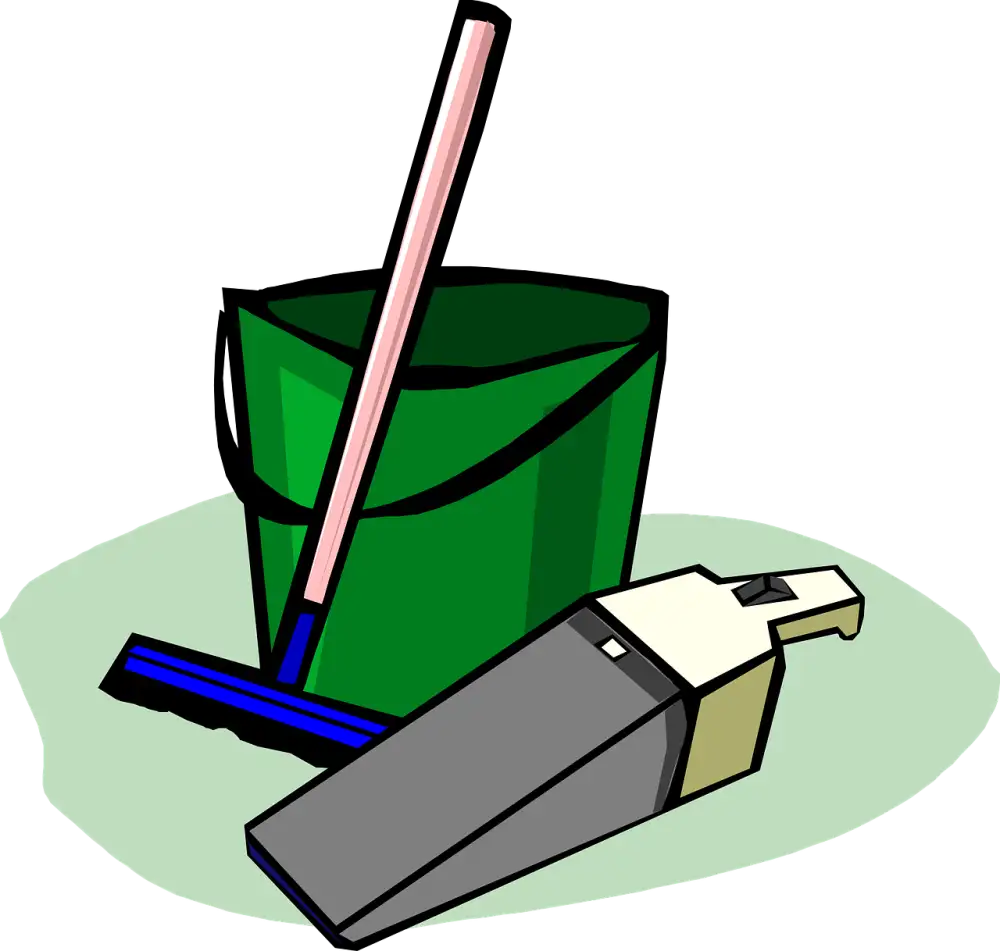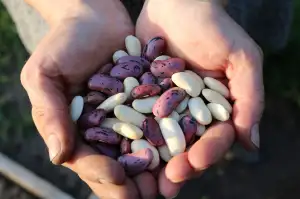Revive Your Cooking Companion: Ultimate Guide on How to Clean a Rusty Cast Iron Skillet

- Gather materials: white vinegar, baking soda, steel wool, dish soap, paper towels.
- Scrub the skillet with steel wool to remove loose rust.
- Create a vinegar soak by mixing equal parts water and vinegar in the skillet.
- Let the skillet soak for a few hours or overnight to loosen the rust.
- Scrub the skillet with baking soda paste to further remove rust.
- Rinse the skillet thoroughly with water and dry it completely.
- Season the skillet with a thin layer of oil to prevent future rusting.
- Store the skillet in a dry place to maintain its condition.
Gather materials: white vinegar, baking soda, steel wool, dish soap, paper towels.
To start the process of cleaning a rusty cast iron skillet, it's essential to gather the necessary materials. You will need white vinegar, baking soda, steel wool, dish soap, and paper towels. These items are crucial for effectively removing rust and restoring your skillet to its former glory. Having these materials on hand will make the cleaning process much smoother and more efficient.
Scrub the skillet with steel wool to remove loose rust.
To begin the process of cleaning a rusty cast iron skillet, start by scrubbing the skillet with steel wool to remove any loose rust particles. Gently scrub in circular motions, focusing on areas where rust is most prevalent. Be careful not to scrub too aggressively as this may damage the skillet's surface. The steel wool will help to loosen and lift off the loose rust, preparing the skillet for the next steps in the cleaning process.
Create a vinegar soak by mixing equal parts water and vinegar in the skillet.
To create a vinegar soak for your rusty cast iron skillet, start by mixing equal parts water and white vinegar in the skillet. The acidity of the vinegar helps to break down the rust, making it easier to remove. Make sure the mixture completely covers the affected areas of the skillet. Allow the skillet to soak in this solution for a few hours or even overnight, depending on the severity of the rust. This soaking process will help to loosen the rust and make it easier to scrub off later.
Let the skillet soak for a few hours or overnight to loosen the rust.
After scrubbing the skillet with steel wool, it's time to create a vinegar soak to further tackle the rust. Mix equal parts water and white vinegar in the skillet, ensuring that the rusty areas are fully submerged. Let the skillet soak for a few hours or even overnight to allow the acidic properties of the vinegar to break down and loosen the rust. This soaking process will make it easier to scrub off any remaining stubborn rust particles later on. Remember, patience is key when dealing with rust removal from cast iron skillets.
Scrub the skillet with baking soda paste to further remove rust.
To further remove rust from your cast iron skillet, create a paste by mixing baking soda with a small amount of water. Apply the paste to the skillet and scrub it thoroughly using a sponge or cloth. The mild abrasiveness of the baking soda will help lift off any remaining rust particles. Focus on areas where rust may be more stubborn, such as around the edges or handles. Rinse the skillet with water to remove the baking soda residue once you have finished scrubbing.
Rinse the skillet thoroughly with water and dry it completely.
After scrubbing the skillet with baking soda paste to remove any remaining rust, it is crucial to rinse the skillet thoroughly with water. Make sure to use warm water and a sponge to clean off any residue from the baking soda. Once rinsed, dry the skillet completely using a towel or paper towels. It's important to ensure that no moisture is left on the skillet as this can lead to further rusting. Properly drying the skillet will help maintain its condition and prevent any future rust from forming.
Season the skillet with a thin layer of oil to prevent future rusting.
After thoroughly cleaning and drying the skillet, it is crucial to season it with a thin layer of oil to prevent future rusting. This process helps create a protective barrier on the surface of the cast iron, maintaining its non-stick properties and preventing oxidation. To season the skillet, apply a small amount of vegetable oil or any high smoke point oil all over the skillet, including the handle and bottom. Use a paper towel to spread the oil evenly and remove any excess. Place the skillet upside down in an oven preheated to 350°F (177°C) for about an hour. Let it cool in the oven before removing. Repeat this process periodically to keep your cast iron skillet in top condition and ready for use.
Store the skillet in a dry place to maintain its condition.
To maintain the condition of your freshly cleaned cast iron skillet, it's crucial to store it properly. After seasoning the skillet with a thin layer of oil to prevent rusting, make sure to store it in a dry place. Moisture is the enemy of cast iron cookware as it can lead to rust formation. To avoid this, store your skillet in a cool, dry place away from any sources of moisture such as sinks or dishwashers. You can also place a paper towel inside the skillet before storing it to absorb any excess moisture and help maintain its seasoning. By storing your cast iron skillet in a dry environment, you'll ensure its longevity and cooking performance for years to come.
Published: 31. 03. 2024
Category: Home



